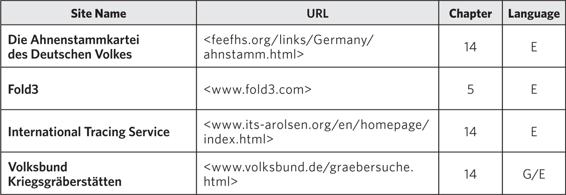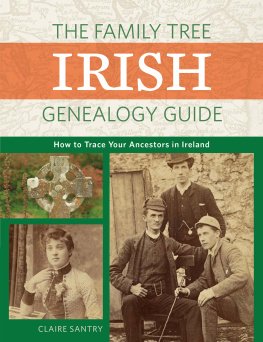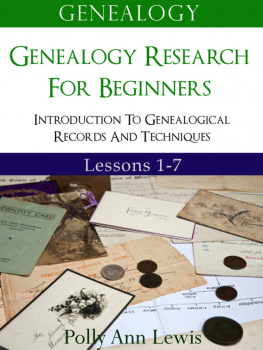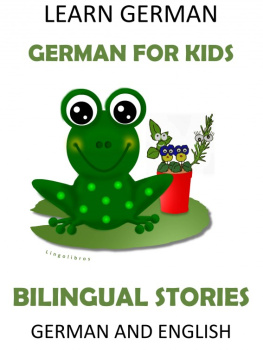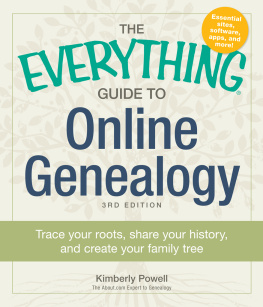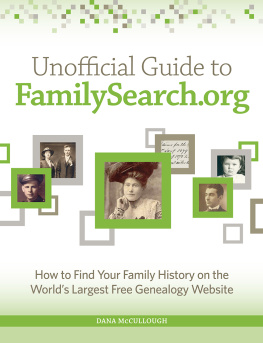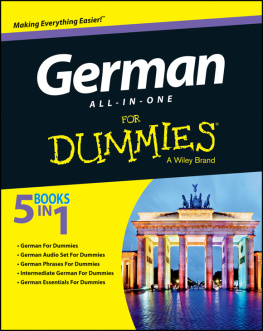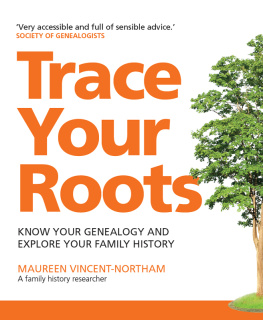About the Author
James M. Beidler is the author of The Family Tree German Genealogy Guide and the award-winning weekly newspaper column Roots & Branches. He is also a columnist for German Life magazine, editor of Der Kurier, the quarterly journal of the Mid-Atlantic Germanic Society, and instructor for the online Family Tree University.
James was the president of the International Society of Family History Writers and Editors from 2010 to 2012 and is also the former executive director for the Genealogical Society of Pennsylvania. Beidler frequent contributes to other periodicals, ranging from scholarly journals such as the Pennsylvania Genealogical Magazine to popular-interest magazines such as Family Tree Magazine. He also wrote the chapter on genealogy for Pennsylvania: A History of the Commonwealth, published jointly by the Pennsylvania State Press and the Pennsylvania Historical and Museum Commission. As a lecturer, he was a part of the Pennsylvania Humanities Councils acclaimed Commonwealth Speakers program from 2002 to 2009 and has been a presenter at numerous local, regional, and national conferences. He sits on Pennsylvanias State Historic Records Advisory Board and was a member of the selection committee for the Pennsylvania Digital Newspaper Project. In addition, James is an Enrolled Agent tax preparer and previously was a copy editor for The Patriot-News newspaper in Harrisburg, Pennsylvania, for fifteen years.
Beidler was born in Reading, Pennsylvania, and grew up in nearby Berks County, where he currently resides. He graduated Phi Beta Kappa with a BA in political science from Hofstra University in Long Island, New York, in 1982.
Acknowledgments
Many people have played a role in helping me put together this booktoo many to name herebut they all have my appreciation. For their significant contributions, my thanks go to: Baerbel Johnson of FamilySearch (and for her breathtaking general knowledge of German genealogy), Fritz Juengling, Terri J. Bridgwater, Reinhard Hofer, Michael J. Hall, Helga Daub, Debra Hoffman, Janell Vasquez (of FamilySearch Indexing), Roger Minert, Kenneth W. Heger, Lisa B. Lee, Andr Dominguez, Dave McDonald, Michael John Neill, Glen W. Covert, Kory Meyerink, Matthew Deighton (of Ancestry.com), Peter Drinkwater (of Newspapers.com), Diahan Southard (Your DNA Guide), Karen Hgele (of MyHeritage) and Timo Kracke (of Verein fr Computergenealogie e.V.)
Im also extremely appreciative of the attention given this book by publisher Allison Dolan and editor Andrew Koch, as well as the rest of their team at F+W. They have taken my work and made it better every step of the way, from outline to the finished manuscript.
Finally, my special thanks go to Sean Kessler, my associate in James M. Beidler Research and a young genealogist with rapidly growing skills, for his assistance in the production of this volume.
A
MAPS
German genealogy can be hard to visualize. With Germanys many border changes over the centuries (and its historic lack of centralization), you might have trouble tracking your ancestors Heimat across the years. This section features a number of maps that will help you identify what resources may be available for your ancestors.
The maps included in this appendix (in order) are
- a map of modern Catholic dioceses and archdioceses that you can contact for church records
- maps of modern German Lnder with both German and English names that you can contact for civil records
- a map of Germany shortly after unification in 1871
- a map showing which Protestant churches are participating in Archions Kirchenbuchportal project (see )
You can find more historical maps online at David Rumsey Map Collection and the Library of Congress .
CATHOLIC DIOCESES IN MODERN GERMANY

MODERN GERMAN LNDER, GERMAN NAMES
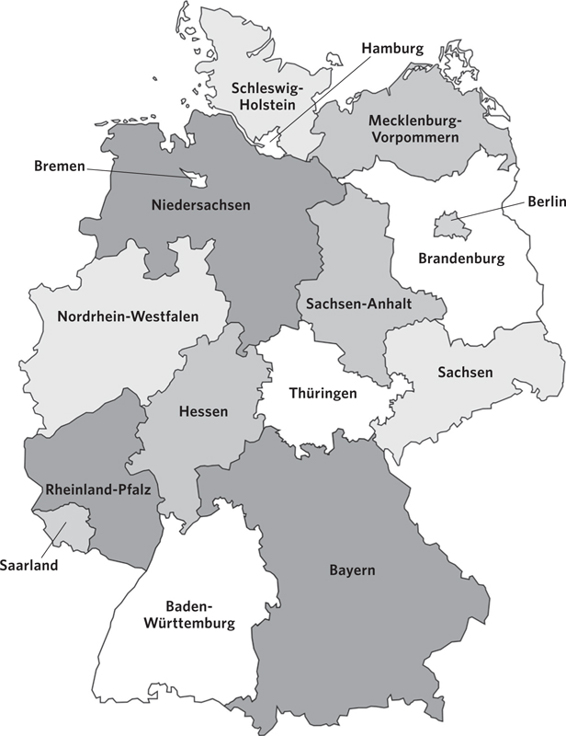
MODERN GERMAN LNDER, ENGLISH NAMES
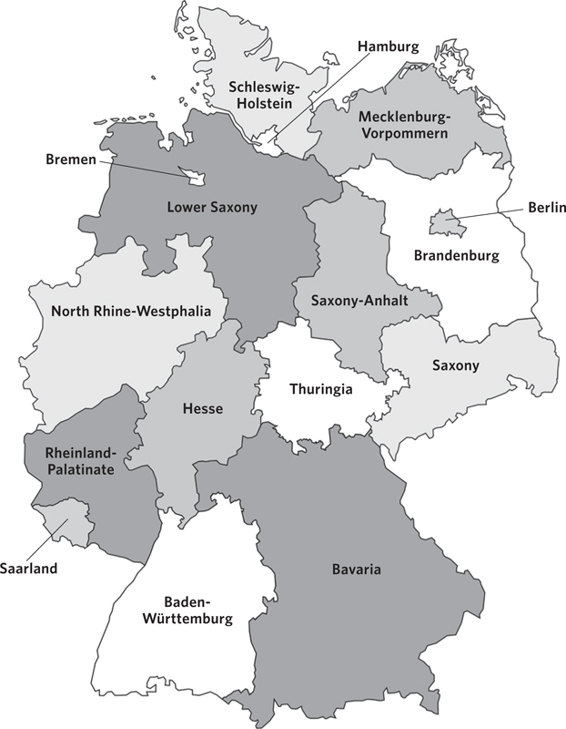
GERMANY AFTER UNIFICATION, 1871
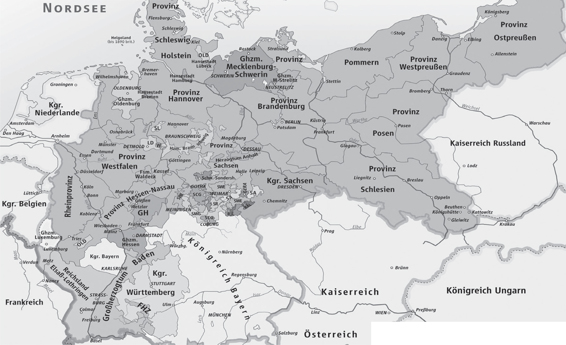
By ziegelbrenner [GFDL (http://www.gnu.org/copyleft/fdl.html), CC-BY-SA-3.0 (http://creativecommons.org/licenses/by-sa/3.0/) or CC BY-SA 2.5-2.0-1.0 (http://creativecommons.org/licenses/by-sa/2.5-2.0-1.0)], via Wikimedia Commons
ARCHION KIRCHENBUCHPORTAL PARTICIPANTS
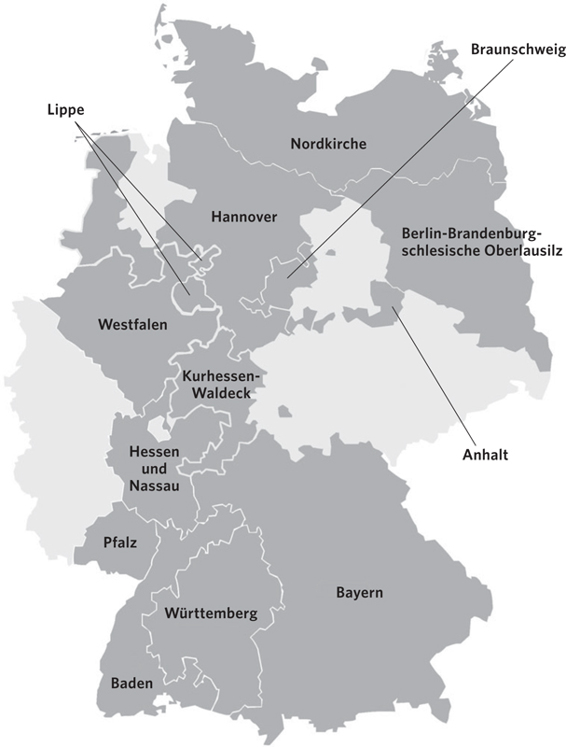
B
WEBSITE INDEX
The Internet can be a wonderful (if not overwhelming) resource for German genealogists, and this guide focuses on the many resources the Internet can offer. This section lists all of the websites discussed throughout the book as well as the chapter in which they appear. And as discussed in , you can categorize websites with German genealogical content by what language(s) theyre written in. In this appendix, sites are labeled in this way: English (E), German with no translation (G), or German with an English translation or version provided by the website (G/E). Websites can also be categorized based on whether their content is free or requires a subscription; make sure you know what resources a site can offer (and if you can access them anywhere else for free) before you commit money to a website.
The German Genealogy Websites Guide flow chart on the pages that follow will also help you identify the next step in your research. You can download both the site index and the flow chart at .
FLOW CHART: GERMAN GENEALOGY WEBSITES GUIDE

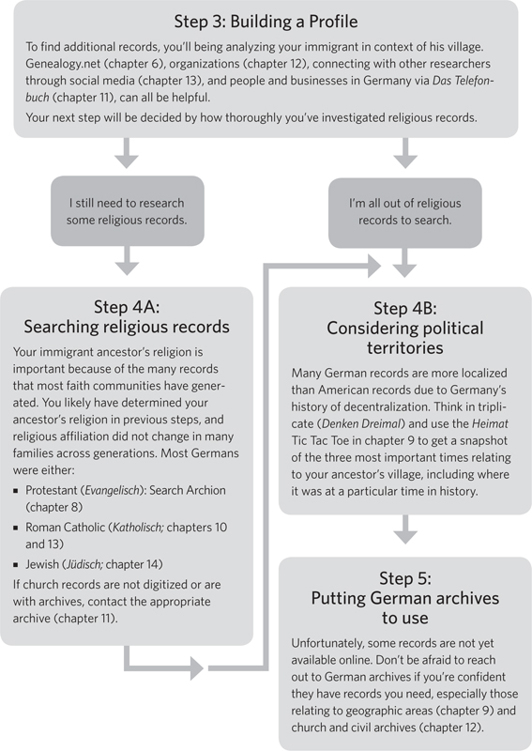
LANGUAGE AND TRANSLATION

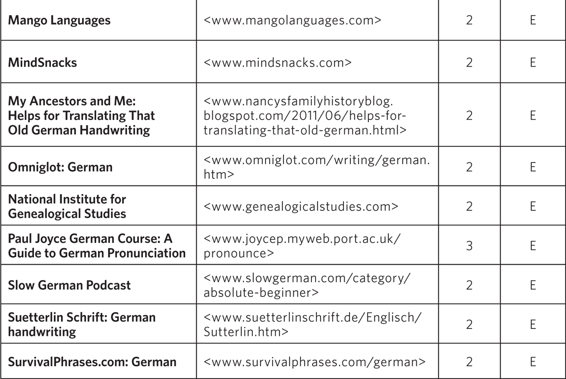
GEOGRAPHY

IMMIGRATION

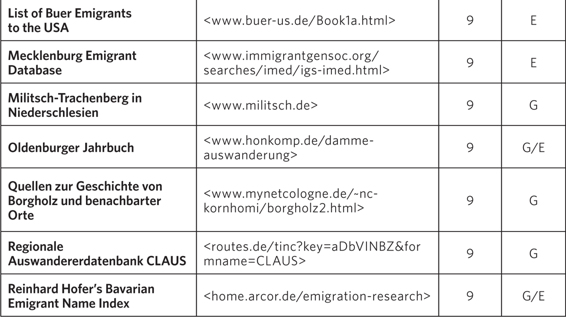
MISCELLANEOUS
General Reference
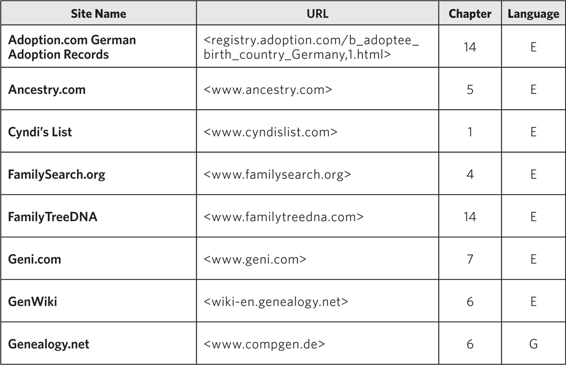
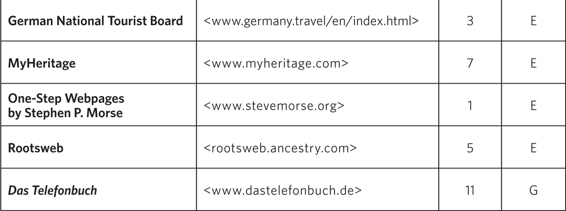
Military and Wartime Records
